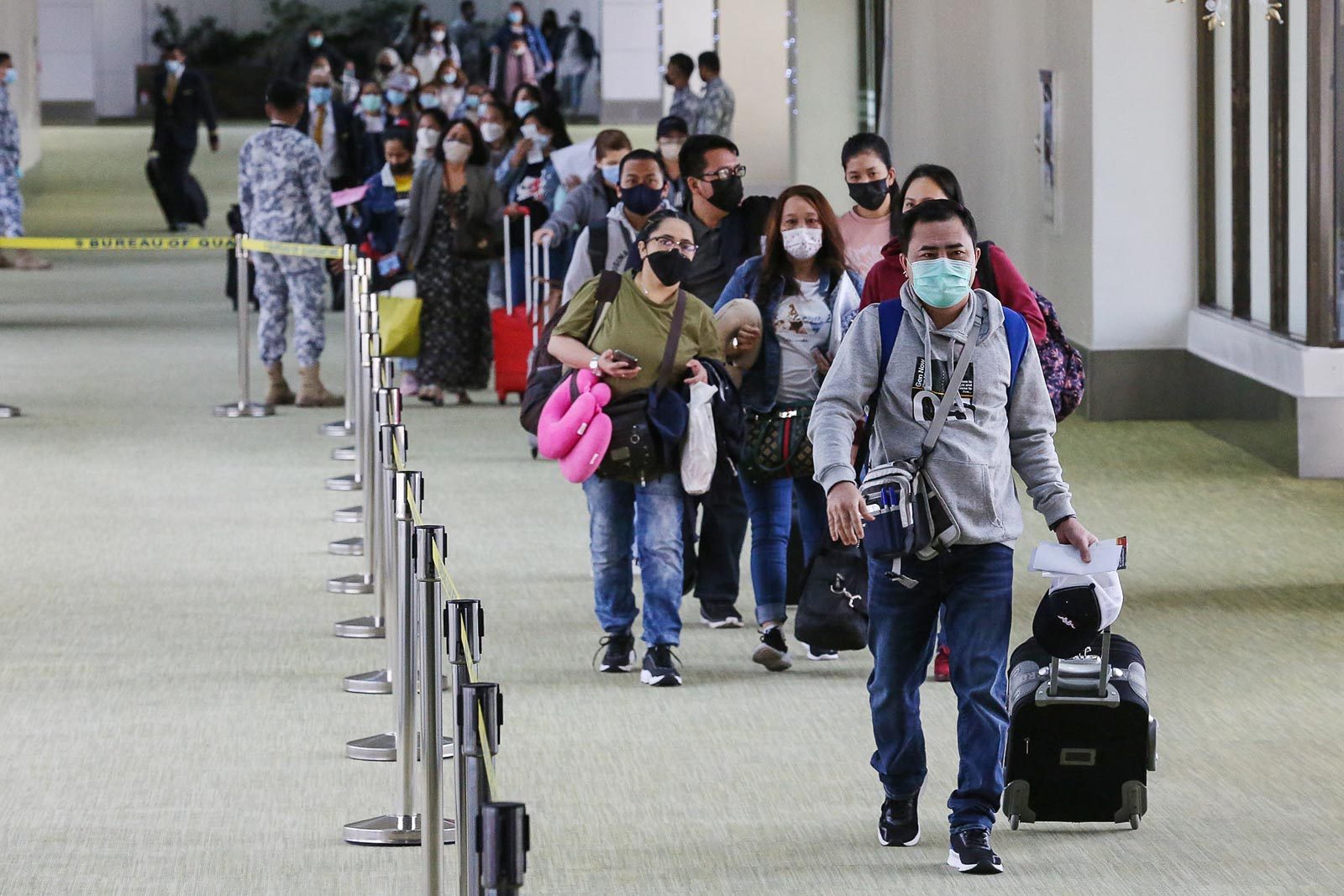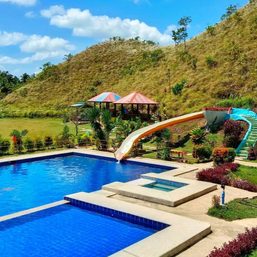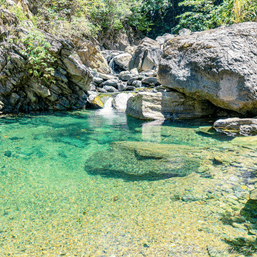SUMMARY
This is AI generated summarization, which may have errors. For context, always refer to the full article.

MANILA, Philippines – The Philippines is easing border controls and is finally allowing tourists to enter the country.
Starting Tuesday, February 1, the Philippine government is temporarily suspending its risk classification list for countries, in favor of allowing fully vaccinated individuals to enter the country:
- February 1 – Returning fully vaccinated Filipinos, regardless of where they come from
- February 10 – Fully vaccinated foreigners from visa-free countries
Acting Presidential Spokesman and Cabinet Secretary Karlo Nograles said Friday, January 28, that foreigners could enter the Philippines for either tourism or business purposes.
Both returning Filipinos and foreigners who are fully vaccinated are no longer required to go through mandatory quarantine. They only need a negative RT-PCR test done within 48 hours before their departure from abroad.
Nograles also said that those who will still be undergoing quarantine by February 1 can “avail themselves of the new guidelines” and come home from quarantine facilities.
Since the pandemic started, the Philippines has shut its borders to tourists, and only foreigners with valid Philippine visas were allowed to enter. The Philippines was supposed to reopen in December 2021 but this was deferred due to the Omicron variant.
In the past, the Philippine Department of Tourism also eyed travel bubbles with other countries, but this plan did not prosper.
On Friday, Tourism Secretary Bernadette Puyat said it will closely monitor the situation on the ground and ensure that protocols are implemented in tourism establishments.
“We are confident that we will be able to keep pace with our ASEAN neighbors who have already made similar strides to reopen to foreign tourists,” said Puyat.
Requirements for fully vaccinated
The IATF Resolution No. 159 also states that travelers need to monitor themselves for seven days and subsequently report to the local government if they have symptoms.
International arriving passengers need to have their proof of vaccination against COVID-19. They can present either of the following:
- World Health Organization international certificates of vaccination
- The Philippines’ digital vaccination passport VaxCertPH
- A vaccine certificate of a foreign government that has accepted VaxCertPH under a reciprocal agreement
Aside from this, the Philippine government said that foreign travelers must have a return ticket and a passport that is valid for at least six months at the time of arrival.
Rules for unvaccinated
Filipinos and foreigners who are unvaccinated, partially vaccinated, and whose status could not be independently validated need to take an RT-PCR test within 48 hours before departure.
They also need to go through facility-based quarantine for five days. After that, they need to undergo home quarantine until the 14th day from arrival.
Children below 12 years old who cannot be vaccinated will follow quarantine protocols of the accompanying adult traveling with them.
DOH: We’re past border control
Asked why the Department of Health approved of this recommendation, DOH Undersecretary Maria Rosario Vergeire said that the Philippines is already past border control measures.
Vergeire explained that according to the analysis of the Philippine Genome Center, returning overseas Filipinos were detected with Omicron variant BA.1. while the predominant in most regions in the country is the sub-lineage BA.2.
She also said that returning Filipinos have a lower incidence of testing positive from COVID-19 compared to local communities.
Vergeire also cited other experts: “It doesn’t make sense, because the transmission here in the Philippines is already high.”
“Dahil kung titignan ang ating four-door policy, ang pinaka-una doon is border control. Tapos na tayo do’n kasi ginagawa ‘yon to prevent the entry of Omicron variant. But now that there is already community transmission, we should move towards Doors 2, 3, and 4 kung sana papalakasin ang ating efforts and intervention sa community na po,” said Vergeire.
(If we look at our four-door policy, the very first door is border control. We are already past that because that was done to prevent the entry of Omicron variant. But now that there is already community transmission, we should move towards Doors 2, 3, and 4 where we need to strengthen our efforts and interventions in the community.) – Rappler.com
Add a comment
How does this make you feel?




There are no comments yet. Add your comment to start the conversation.